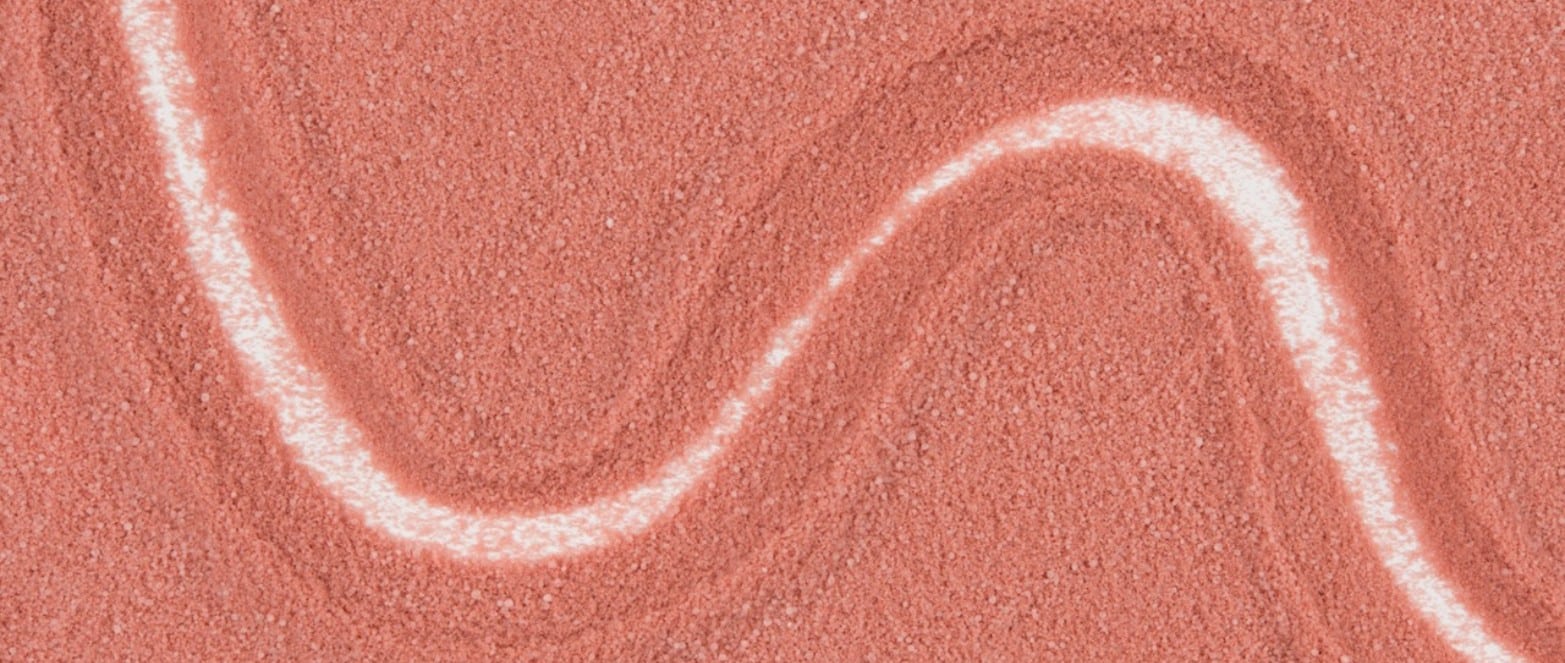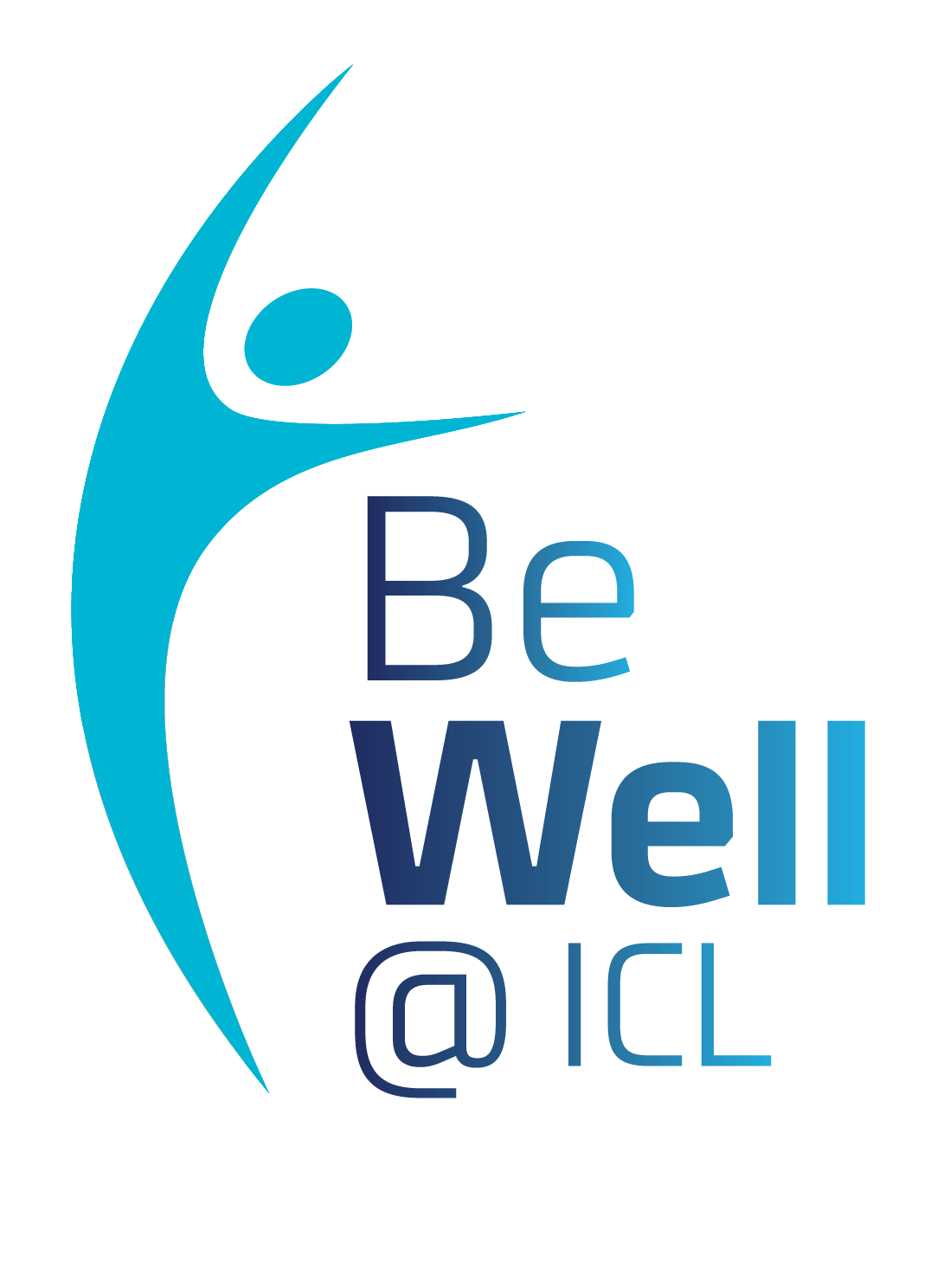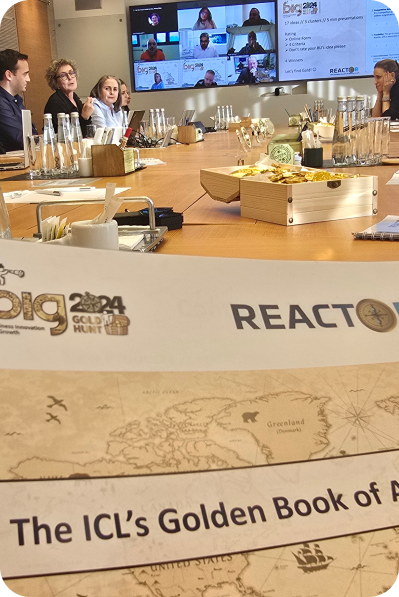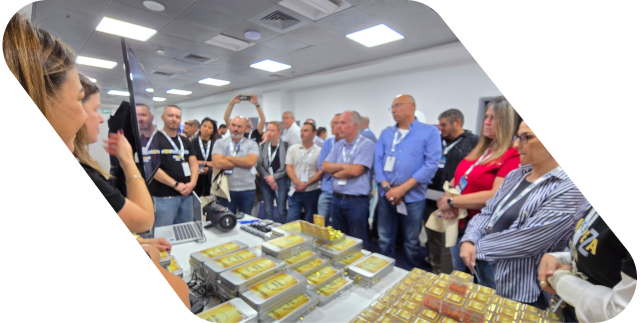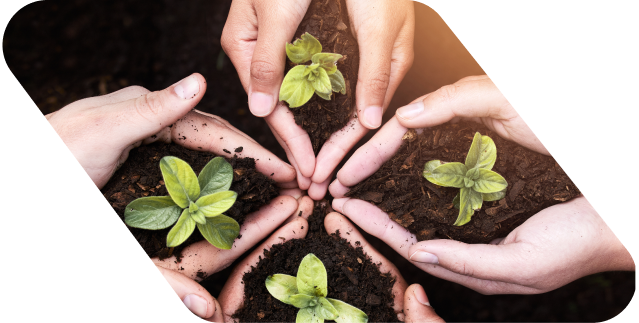The first US numbered patent is set to play a major role in sustainable agriculture, world hunger alleviation, and global food security.
The UN says that in 2021, there will be around 690 million hungry people on the planet which accounts for 9 percent of the world’s population. Global food security is especially of concern looking forward as the world population is expected to increase by about 35 percent over the next 40 years.
Agricultural output will need to significantly increase to feed the growing population. As available land for expanding agriculture is scarce, increased food production will come only from increasing productivity per hectare, which will require optimum and balanced fertilizer use.
Boosting crop yields can be achieved by the implementation of balanced fertilization practices, which will also ensure the preservation of soil fertility and the sustainability of the farm systems.
Fertilizers, such as potash, play a critical role in increasing crop productivity and making agriculture more sustainable. With proper nutrient management – i.e., by applying potassium in a balanced proportion with nitrogen, the efficiency of nitrogen use increases and, therefore, the impacts of nitrogen pollution can be significantly reduced.
Who would have guessed that the very first numbered US patent would become a go-to product in agriculture 230 years later!
You may well ask, what is potash?
In 1790, the first numbered US Patent signed by George Washington was granted to Samuel Hopkins for his novel method of potash production using a furnace to re-burn ashes.
Potash is a potassium salt also known as MOP (muriate of potash). Potash was originally made by leaching the chemicals from wood ash and concentrating the leachate in large iron pots; hence “pot and ash” became known as potash.
Potash (potassium chloride, KCl) is used primarily as an agricultural fertilizer because it is an excellent source of soluble potassium, one of the three primary plant macronutrients along with nitrogen and phosphorus.
What is potash made of?
But where does today’s potash come from? Clearly, the old method of burning wood ashes is not sustainable.
As ancient seas dried up, the marine salts concentrated on the resulting dry land leaving an abundant residue of minerals including potash. These residues, as found in Israel’s Dead Sea, have yielded valuable sources of potash, with ICL as one of the world’s top potash producers selling over 4.5 million tons per annum.
Potash fertilizers are also mined from a variety of geologic potassium salt deposits around the world which are processed to remove impurities and converted into a variety of fertilizers. ICL also mines potash in an operation in Catalonia, Spain through its subsidiary, ICL Iberia Suria & Sallent (IBP).
Uses of potash
The primary use of potash is in agriculture. Other potash uses include industrial chemicals, animal feed, soap making, food production, water softening, road de-icing, pH adjustment, explosives, pharmaceuticals, and glassmaking.
Why Do We Need Potash?
Over ninety percent of the potash produced worldwide is used to fertilize food crops. Potash fertilizer is the most highly valued and widely used potassium fertilizer in the world. Potash supplies available potassium which the plants take up from the soil by the roots.
The Key Role of Potassium in Plant Nutrition
Potassium is essential in nearly all processes needed to sustain plant growth and reproduction.
Potassium increases the yield and quality of agricultural produce and enhances the ability of plants to resist diseases, insect attacks, cold and drought stresses, and other adverse conditions. It helps in the development of a strong and healthy root system and increases the efficiency of the uptake and use of nitrogen and other nutrients. In addition, potassium has an important role in animal and human nutrition.
Is potash good for plants?
Potassium not only increases yields but also enhances crop quality. It improves the nutritive value of grains, tubers, and fruits by increasing the contents of protein and oil in seeds, starch in tubers and seeds, and vitamin C and sugar in fruits. With an adequate supply of potassium, cereals produce plump grains and strong stalks. Potassium also improves the flavor and color of fruits and increases the size of tubers and fruits. In addition, it increases the resistance to various injuries during storage and transportation, thus extending shelf life.
Potassium in fruits and agricultural produce is taken away from the farm’s ecosystem at harvest, thus high quantities of potassium are removed from the soil. The higher the yields, the higher the uptake of potassium. The result: the potassium levels tend to decline over time, and soils can become deficient in potassium. Without any replenishment of the potassium natural reserves, yields and sustainability cannot be maintained in the long term.
Why Is potash Important?
The potassium in potash fertilizer is vital to the proper functioning of plant physiological processes. Potassium is associated with the movement of water, nutrients, and carbohydrates in plant tissue. It affects protein, starch, and adenosine triphosphate (ATP) production which in turn can regulate the rate of photosynthesis.
The main functions of potassium in crops are as follows:
- Photosynthesis
- Nitrogen fixation
- Translocation of plant starch and sugars
- Increase plant tolerance to disease
- Maintain water balance in plant cells
- Activate over 80 cellular enzymes
Potassium also assists in the control of the opening and closing of the stomata, which in turn controls the exchange of water vapor, oxygen, and carbon dioxide. If potassium is deficient or not supplied in adequate amounts, plant growth and yield is reduced or compromised.
Potassium – a vital nutrient
Potash fertilizer is an invaluable source of potassium in agriculture as there is no commercially viable alternative.
Many soils have been depleted of their native potassium due to continuous cultivation. Potassium replenishment is vital to the good health of crops and deficiencies can often be corrected with moderate rates of application.
There are no known harmful effects of potassium to the environment or to human health. Inadequate potassium levels in soil can stunt crop growth and reduce the efficient utilization of other nutrients, such as nitrogen, and phosphorus.
Next-Gen Potash Fertilizers
ICL supplies a range of compound fertilizers containing nitrogen, phosphorus, and potassium (NPK).
Our research has resulted in the development of next-gen fertilizers like PotashpluS which is a premium potash granulated fertilizer strengthened with Polysulphate® technology.
PotashpluS is a multi-nutrient fertilizer that provides crops with four essential nutrients (potassium, sulfur, magnesium, and calcium) for field crops, orchards, and plantations. Sulfur helps in the process of protein and oil formation which promotes the growth of strong, healthy crops. Polysulphate technology ensures a continuous supply of sulfur throughout the growing season and reduces the risk of leaching. Potassium supports crop yield as well as quality. Magnesium is essential for the photosynthesis process as it is the central atom in the chlorophyll molecule. Finally, calcium holds the cell walls of plants together and is crucial for plant vigor. The strong relationship that exists between nitrogen and potassium in plants is one focal point of ICL’s R&D division. We are studying in our field trials the role of potassium in the microbiological fixation of nitrogen into nitrate by root nodules in legumes. We perform many agronomic experiments to prove how potassium increases Nitrogen Use Efficiency (NUE) in plants.
ICL’s Technology Partnerships
ICL Innovation team has established the ICL’s technology incubator and ICL Planet StartUp Hub (the ICL accelerator), an end-to-end ecosystem for transforming ideas into successful commercial products.
ICL is also partnering with passionate entrepreneurs, startups, and researchers using emerging technologies and leveraging digital tools to plan efficient use of inputs such as seeds, water, and fertilizers to create stronger and healthier agricultural crops and yields to feed a growing world population.
You may also be interested in:
Potash Market Size, Its Future and Investment in Sustainability
The Role of Potash in Sustainable Agriculture and Advancing Food Security
